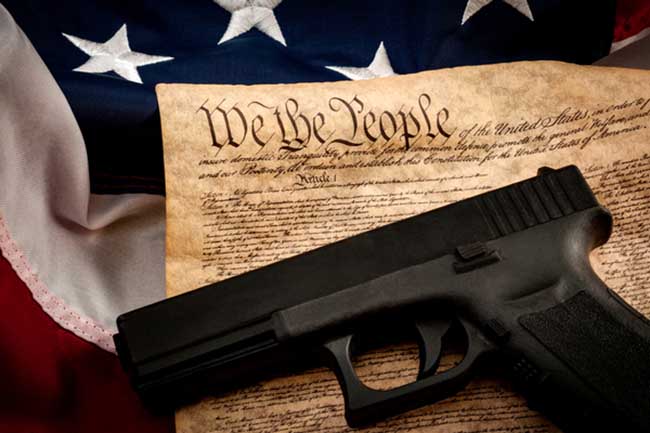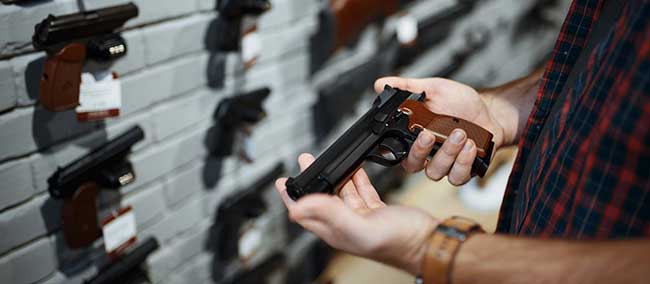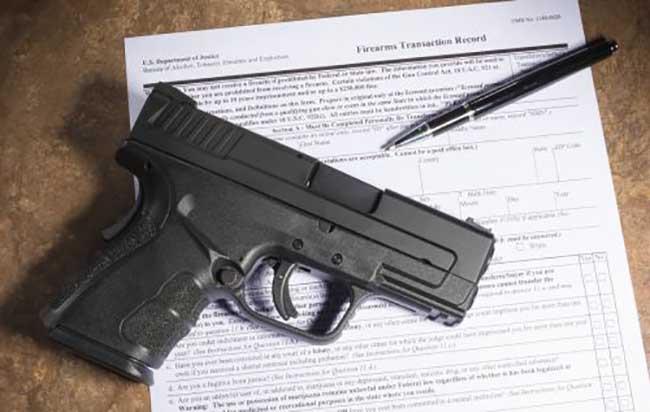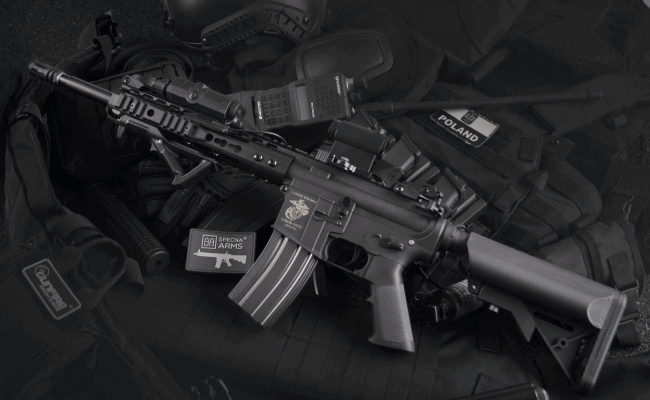Originally passed into law in 1934, the National Firearms Act (“NFA”) was enacted in response to the surging crime gang of the era, like the St. Valentine’s Day Massacre. Congress addressed this issue by imposing a “tax” on certain firearms and devices mistakenly thought to contribute to this crime wave: machine guns, silencers, and short barreled rifles/shotguns.
The NFA required that the possessor of any NFA restricted firearm or device must register it with the Dept. of Treasury (now the Dept. of Justice) and pay the then enormous tax stamp fee of $200. This was intended to discourage possession of these firearms and devices. Unfortunately, the NFA ran into serious constitutional hurdles vis-a-vis the Fifth Amendment in Haynes v. United States, 390 U.S. 85 (1968).
The 1968 Amendment to the NFA (Title II)
Following the setback by the U.S. Supreme Court in Haynes, Congress set about revising the NFA to cure its constitutional flaws. No longer could information from an NFA application be used against a person in a criminal proceeding. Also, Congress expanded the definition of “machine gun” and added destructive devices to the list.
The 1986 Amendment to the NFA: Firearm Owners Protection Act
This ironically named amendment to the NFA adjusted the definition of “silencer” by adding parts for a silencer. The amendment also prohibited the transfer or possession of machineguns, with the exception of those manufactured prior to May 19, 1986 (The infamous “Hughes Amendment”).



